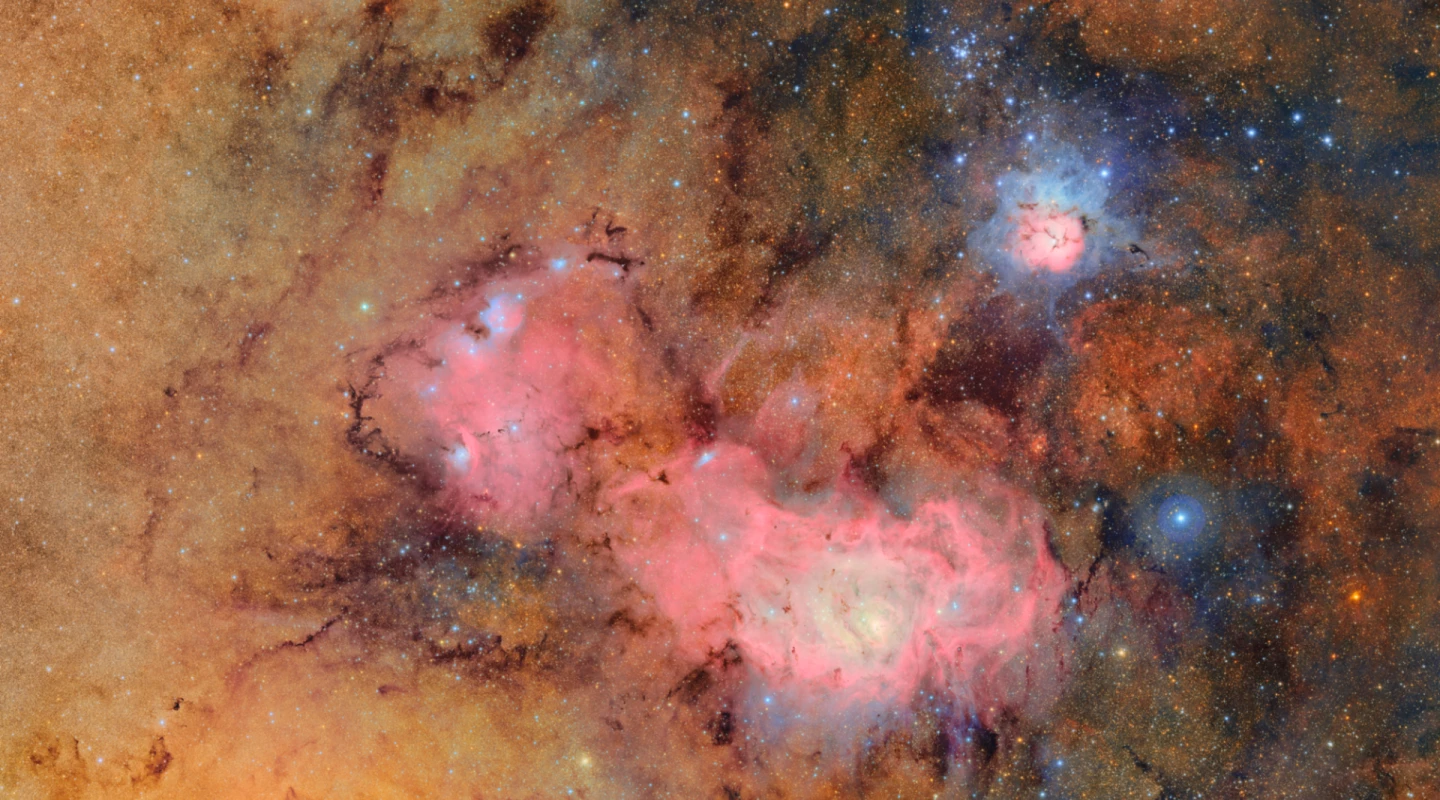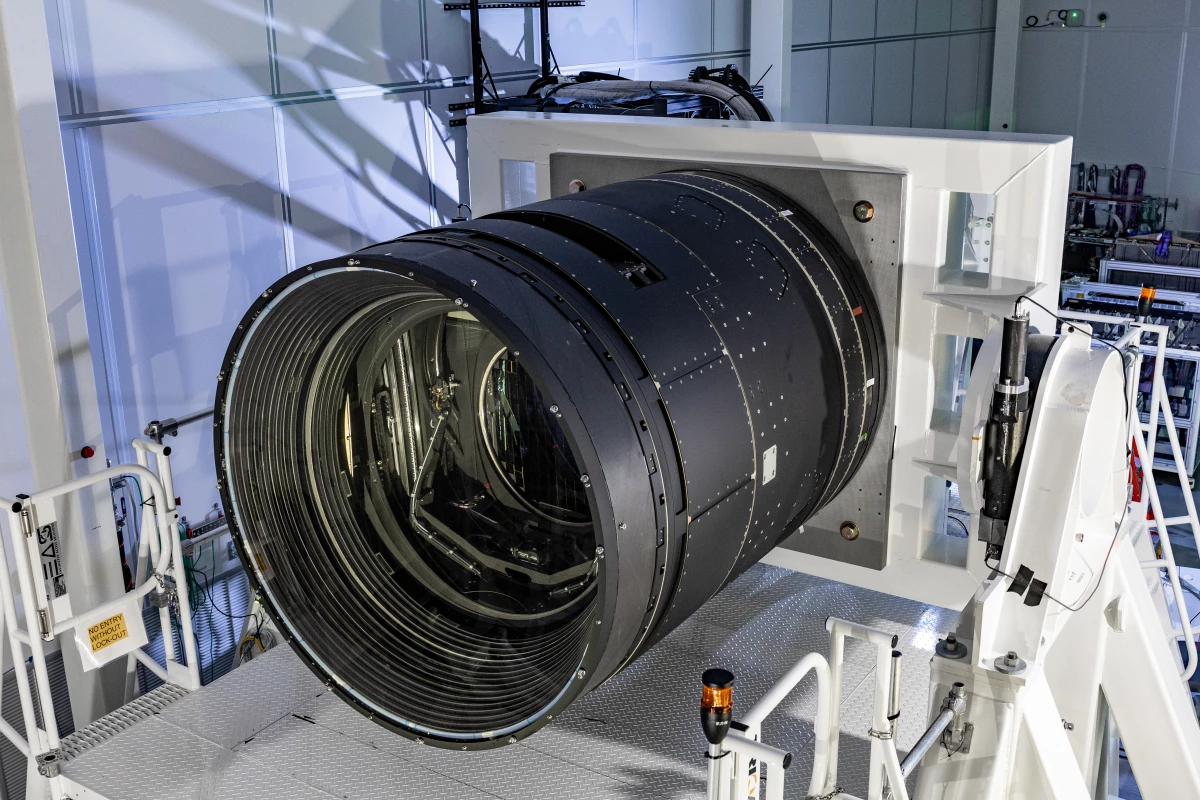After more than two decades of planning and building, the world's largest digital camera at the heart of the Vera C. Rubin Observatory on the summit of Cerro Pachón in Chile has snapped its first imagery – from test observations spanning a 10-hour window.
We first heard of plans by the US Department of Energy's SLAC National Accelerator Laboratory to build a huge astro camera with a 3.2-gigapixel resolution way back in 2012. The world's largest digital camera was to embark on a 10-year survey mission at the heart of a new telescope in Chile.
SLAC shared renders and more details in 2015, ahead of the start of construction. By 2020, the camera's 189 imaging sensors – each capable of capturing 16-megapixel imagery – had been assembled and its first test images snapped. The full Legacy Survey of Space and Time (LSST) camera build was completed by early last year, shaping up to about the same size a small car.

The number of imaging sensors had been increased to 201, with each pixel coming in at 10 microns wide. This focal plane was installed within a vacuum chamber that was sealed by a 3-ft-wide lens – the first of three, with the outermost increasing the diameter to 5 ft. The design called for the imaging system to snap 15-second exposures of the heavens every 20 seconds, with the optics tweaked for wavelengths running from the ultraviolet to the near-infrared.
The 6,600-lb assembly was then made ready for transport to the NSF-DOE Vera C. Rubin Observatory, for installation atop the Simonyi Survey Telescope. That happened in March of this year, with project director Aaron Roodman remarking that it signified "a pivotal moment for the teams from all around the world who collaborated to design and build the camera. We will achieve a level of clarity and depth never seen before in images covering the entire southern hemisphere sky."

Now the LSST camera's first imagery has been released, starting with a composite of 678 captures over a 7-hour stretch that "clearly reveals otherwise faint or invisible details" of the Trifid Nebula and the Lagoon Nebula – our hero image for this article. The Observatory also released a bunch of "first look" videos, which you can watch below.
"Releasing our first scientific imagery marks an extraordinary milestone for NSF–DOE Rubin Observatory," said Željko Ivezic, director of Rubin Observatory Construction. "It represents the culmination of about two decades of dedication, innovation, and collaboration by a global team. With construction now complete, we’re turning our eyes fully to the sky – not just to take images, but to begin a whole new era of discovery."
Source: Vera C. Rubin Observatory






